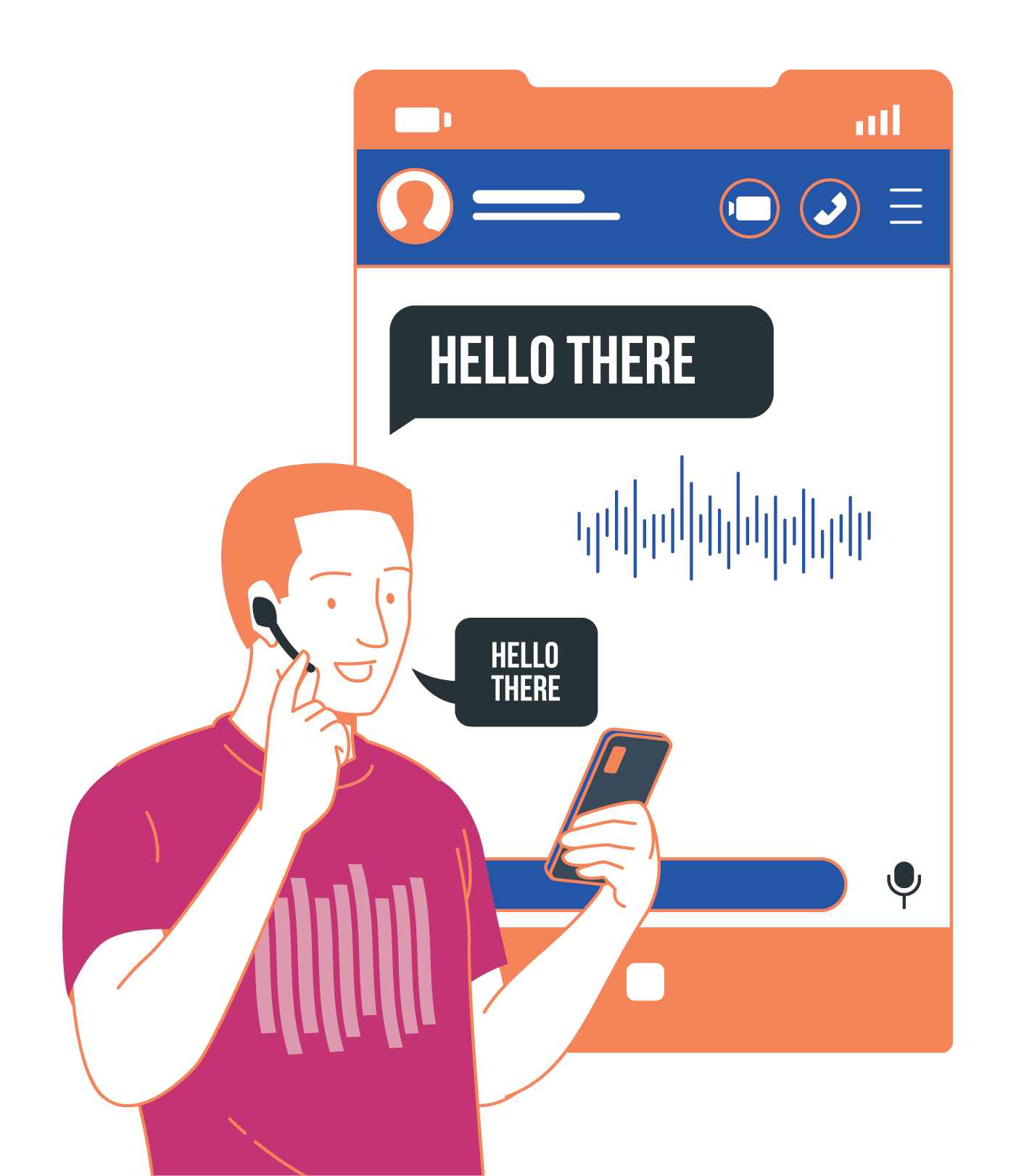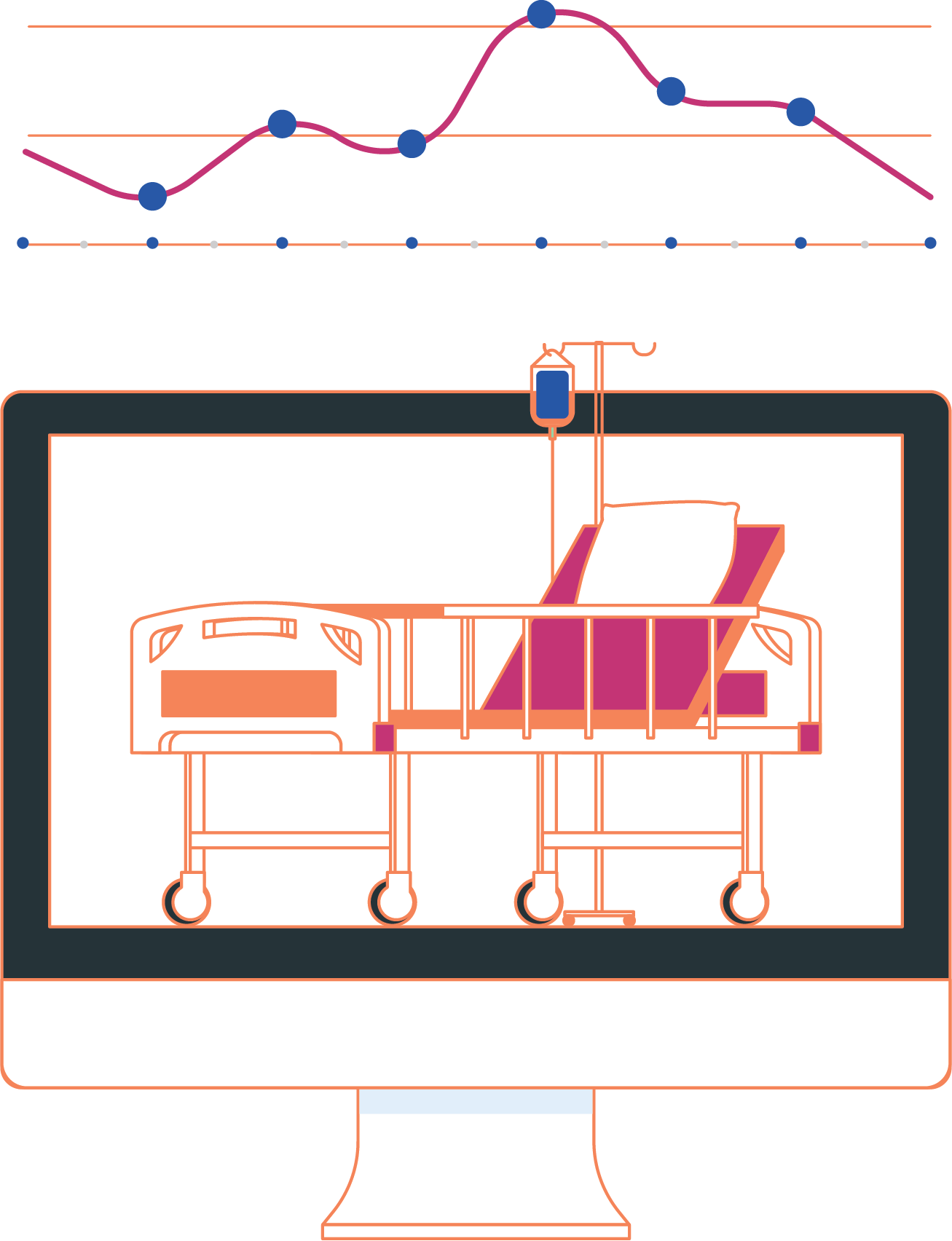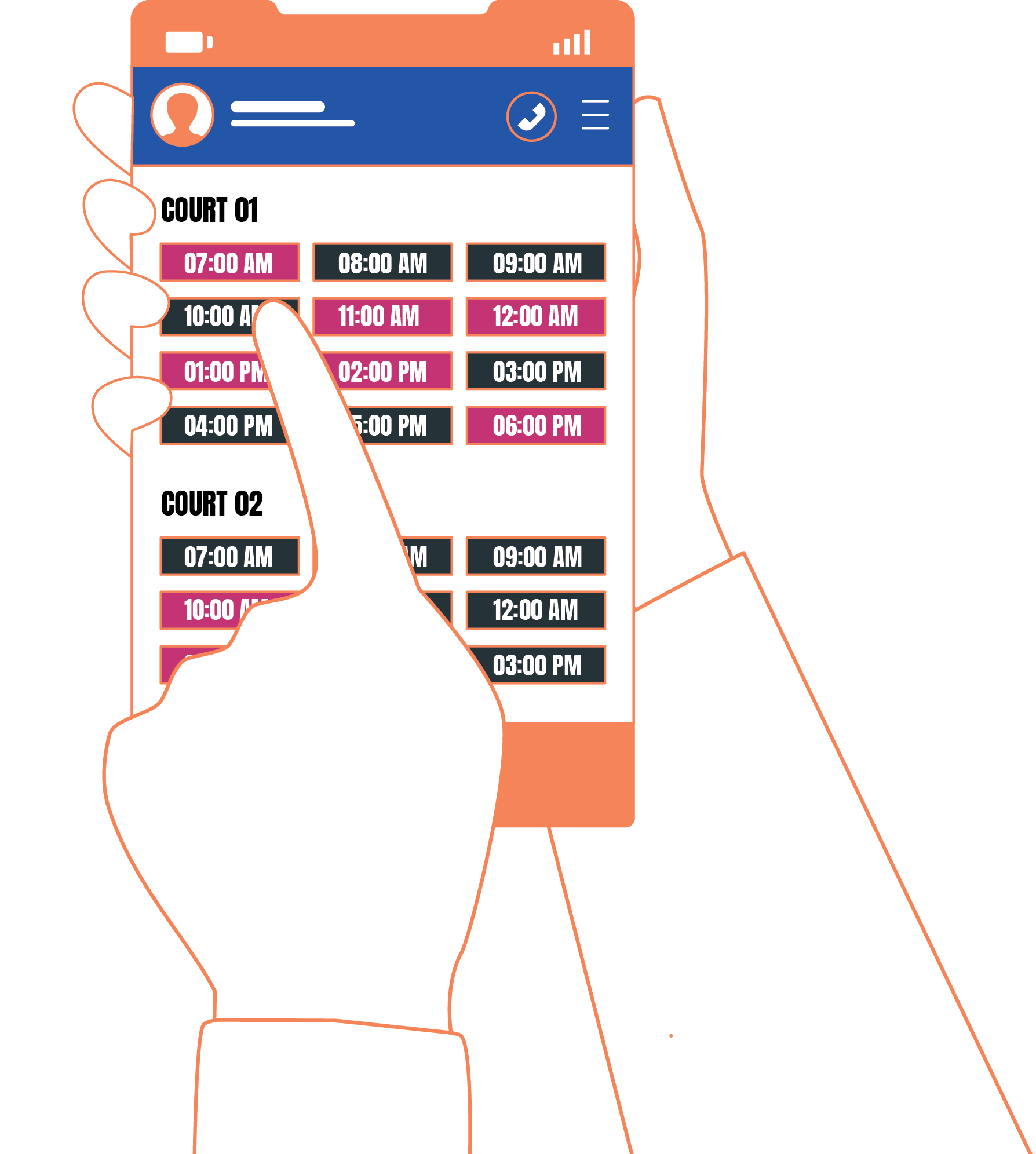Putting Our Feet to The Fire: The Challenge of Nurturing an AI Ready Culture in the Public Service
ETHOS Issue 27, January 2025

What characterises the shift in thinking from version 1.0 to 2.0 of Singapore’s National AI strategy (NAIS)?
Andrea Phua: In 2022 and 2023, it became apparent that AI was starting to have a broad-based impact. My “ah-ha” moment was when my young nephew generated an AI image while playing at home. I realised the AI revolution was no longer something that we could avoid or leave to just technologists: all of us would have to grapple with it. So, NAIS 2.0 is about going beyond the exclusive domain of specialist expertise, to thinking what AI will mean for society, for the economy—and therefore incorporating more stakeholders, actors and perspectives into the fold.
Globally, recent AI innovations have been led by industry, because they have the resources, data and talent, whereas Singapore is a small country with limited resources. But if we leverage capabilities that reside across society, we can punch above our weight. So, we all have a responsibility to grapple with this new technology and get to know it well, including any new governance concerns that may have to be addressed.
He Ruimin: A lot of good work has been done across the Singapore ecosystem. Right from the get-go, visitors to Singapore are greeted with automated immigration clearance at Changi Airport—which conveys a very strong first impression. Our universities punch above their weight at AI conferences, and companies such as SIA and Grab deploy AI meaningfully. But moving forward, the skills and mindset for embracing and using AI well must be diffused and distributed across society. Our citizens must be able to use chatbots with confidence and discernment, and our SMEs must be equipped to enhance their day-to-day operations and value proposition with AI-enabled software. Excellence as well as empowerment are thus the goals informing our refreshed AI strategy. We need to ensure that AI positively impacts different sectors in society, from security to industry to community.
Technically, there has also been a shift. You can tinker away on your laptop and come up with a handwriting recogniser. But generative AI applications require specialised chips, global data sets, LLM companies, and application developers. This calls for a lot more coordination, more systems-level thinking, and broader perspectives. This mindset change is part of what drives the shift from NAIS 1.0 to 2.0.
In your view, how will AI power the next bound of public sector transformation?
Andrea Phua: There is often tremendous complexity in the work that public officers do. A lot of the tacit knowledge residing in officers in particular roles has historically been difficult to document or translate so it can be shared. In future, AI will make it much easier to draw in the relevant background for policies and issues, while making this knowledge management, research, and analytical work a lot less tedious. At the same time, it will help bring to light things we have not thought of before.
Conventionally, public officers have had to know what problem they are trying to solve, where to get the data they need, and then go through the policy process with a certain idea of what will come out of it. AI raises the prospect of changing that mindset entirely. It could help us identify and tackle potential problems upstream before they even occur. This work, which is more data driven, will allow us to derive insights without having full knowledge beforehand.
AI could help us identify and tackle potential problems upstream before they even occur.
He Ruimin: The short-term low-hanging fruits are easy to motivate: AI could automate intensive, time-consuming processes from transcribing to drafting customer replies and knowledge management. A recent Open Government Products (OGP) hackathon featured the automatic identification of bird species from their chirps—helping with environmental impact assessments.
But the real potential of AI will be unlocked only when we fundamentally reimagine policies, processes, and workflows. In my conversations with companies, I urge them to imagine how a new competitor would organise themselves if they were not constrained by current legacies. Similarly, we should reimagine how citizens and businesses interact with government if we could start afresh.
The significant applications will require domain-specific knowledge, not just technical know how. This will come from our having the right capabilities and culture to dream, and to support the generation and discrimination of ideas and use cases.
The gains from AI tools will come from much broader use and experimentation. How can the Public Service balance this against security constraints such as restrictions on particular apps or internet use?
He Ruimin: The typical public officer may feel a cognitive disconnect between what they are able to do in their private lives with all these wonderful apps available, compared with what they can do on their government systems. To want a modern computer to be connected to the internet and be able to do everything, while still being completely secure, is a fundamentally contradictory objective. But this is an important tension we are working hard to resolve. We must not use these apparent hurdles as excuses for not making progress. For instance, the newer generation of government laptops go quite some way in bridging this gap.
The real potential of AI will be unlocked only when we fundamentally reimagine policies, processes and workflows.
We also do not want to wait until we have the full solution to get started. Where we can start some smaller scale experiments earlier, or allow apps on less secure systems, we will move ahead first. For instance, the Public Service’s Pair app came about because a group of enterprising technologists at our OGP team wanted to find a way to put a wrapper around ChatGPT. They knew that we could not just access it off the internet because of public sector security concerns. We worked with Microsoft and OpenAI, which facilitated the process. A defining feature of Singapore is that we are very open to partnering with industry to get things done.
Andrea Phua:This openness and forward thinking are important. Many countries seized up on ChatGPT when it emerged, with their schools and universities banning students from using it. However, we felt that it made sense to try it out in some form. In the end we came up with a very simple set of policy guidelines that could be applied to these tools or any other new tech—such as “don’t compromise security”, and “if you come up with it or you submit it, you own it”. Above all, the support of our leaders to experiment within these simple guardrails, was paramount.
The widely felt bifurcation of experiences—between the constraints inside a government office and the possibilities once you step outside—has reinforced the need to find a way to embrace the amazing tools that are now widely available. It has also changed the conversation around how the Public Service should regard technology.
In the past, IT infrastructure was run by IT folks who first and foremost cared about security classifications. It does take senior public sector leaders to champion—and many of our Permanent Secretaries already do—a different way of doing things: to advocate for public officers to be using the latest and greatest tools rather than always be one generation behind the curve, and to then rationalise the security considerations to make this possible.
How ready is our Public Service infrastructure to support the more widespread use of AI and other tools?
Andrea Phua: When ChatGPT first exploded in popularity, there was tremendous anxiety about access to the GPU microchips needed to power the technology, especially as only one company in the world manufactures them and decides who gets what. However, as time went on, we realised that having the chip in hand does not in itself yield value creation. At the same time, the people who are trying to create value by solving problems with AI do not want to worry about securing the hardware to power it.
Fortunately, while other countries were trying to amass computing resources, we found that Singapore was already a natural regional hub for cloud services, data centres, connectivity and so on. We realised that it wasn’t so much about physical access to chips, as about the kinds of services Singapore, and the Government, might provide to innovators, researchers and companies, to help things happen faster. For instance, AI Trailblazers was an initiative where we worked with Google to provide an environment to allow us to experiment and innovate more quickly. As Google already had resources and the engineering support in Singapore, we could focus on bringing together industry players and government agencies, with problems to solve, and then translating those into solutions. This was how we decided to solve the compute problem, as opposed to negotiating big, chip-focused contracts with major companies.
He Ruimin: In public policy, you generally do something and then iterate by adding incrementally. To make AI work is different: if you do 80%, nothing happens and then suddenly everything—whether it's talent, data, computing power, or meaningful applications—comes together and you see the payoff.
Half a year ago, there was a severe GPU shortage. Today, the shortage has eased, and agencies have access to the compute that they need, although we continue to monitor the situation closely. Furthermore, simple, trained models can now run off your laptop. We are deepening the technical bench in Government to support sophisticated use-cases, via GovTech’s AI Practice and collaborations with our research institutions. We continue to work on improving the quality, quantity, and access to government datasets.
However, the specific ingredients required for a project to take off are quite diverse, and hence the Government team in the National AI Group actively provides support for individual efforts. For public officers seeking support, the resources are all out there and available: we just need to want to learn and do.
Andrea Phua: It is not just about the top management telling everyone to use AI. While sponsorship from the top is vital, the advocacy from the ground also matters. What we have found very powerful about the use cases we have come across is that, apart from the IT teams who are involved, the real problem owners, who can articulate the pain points, are invested in the process of figuring out the value AI could bring to their work.
We need to think about how to bring together multidisciplinary teams with both problem owners and IT teams speaking a common language and committed towards similar purposes, working together at the same time.
What can public officers at large expect in terms of support to help create capability and a common language for this technology across the Public Service?
He Ruimin: We need to do more to develop a deep digital foundation for the Public Service. Currently, we teach some economic principles to public officers even if they are not economists or in the economic agencies. If we believe technology will be important going forward, surely, we should also teach non-engineers some of the basics. Digital and AI need to be part of the broader curriculum and basic literacy in public service.
We need to develop a deep digital foundation for the Public Service, to build up a mindset of solving problems.
Crucially, what we must build up is a mindset of using technology to help solve problems: AI, like much of the digital sphere, is about building products and solutions using tools and capabilities; it is not about the tools themselves. It starts with defining good problems to solve and then finding and prototyping appropriate and elegant solutions for them, which may or may not involve technology. But it also comes from a familiarity with and demystification of technology. Technology cycles are much shorter now, and everyone must be in the conversation along the way. This open-ended, explorative, inclusive process is part of the culture we will need going forward.
We must also create a sense of community, on different levels. We know that we need to constantly bring people together to talk to one another. We need the stewards and first movers who can demonstrate uses cases and inspire others to apply these approaches to their own contexts. We also need to bring technologists together to discuss the latest problems and opportunities of what is a very fast-moving field. So, for instance we organise AI Wednesdays, to bring together technologists from across government every week to share what they are working on.
We have also found a group of Singaporeans and friends of Singapore actively involved in the AI field, both at home and abroad, who are very committed to helping Singapore. We are organizing ways to reach out and collaborate with them, with active WhatsApp chats, sharing of expertise through talks and technical mentoring, shout-outs on their podcasts, introductions to their friends, visiting professorships, and so on.
At the national scale, we have been working to bring together government, industry, and research. There are community activities happening around the island. For instance, there is a monthly machine learning meetup group in Singapore that is one of the biggest in the world.
We want to catalyse a lot more of that. Singapore has an advantage here because we can bridge some of the silos that might exist elsewhere.
Andrea Phua: Often when public servants think about capability development, they imagine something structured, such as a course provided by a vendor that leads to a certificate. Or else it must be built in-house. The challenge is to shift the paradigm to one where we recognize that there are excellent resources already out there, and instead ask ourselves how we can systematically build more partnerships to help us do what we need.
How the Public Service engages with external stakeholders is also a capability we need to develop well to thrive in this field.
A recent story illustrates the mental models we have today. We were talking to a group of junior policymakers about our collaborations with Google and the modality of public-private partnerships that could apply not just to technology but also to other aspects of public policy. The first question they asked was how we deal with regulatory capture. An us versus them mentality breeds the impulse to draw the dividing line very clearly. But in the digital sphere, the private sector is as willing to partner and learn as we are—or as we ought to be. How the Public Service engages with external stakeholders is also a capability we need to develop well to thrive in this field.
In nurturing the mindset and culture that we will need in an AI-powered future, what does the Public Service need to do more of, and what is holding us back the most?
Andrea Phua: We generally believe that the government has been a competent institution, that we do our homework, and that we know what needs to be done: perhaps more than the average person. This is a dangerous attitude to have in digital or technology policy. We are at a point where things are moving so quickly that the learning is as much ground up as it is top down. We may offer some foundational platforms and resources, but the cutting edge is out there in the field, among users and learners. This is one competence area in Public Service where seniority works against you. It is the line officers who know how to code, who speak the language and have their hands on the tools: they are the ones who can pick up on early signals of change.
He Ruimin: It is not about making big announcements, or having the bigger LLM or better gear. It is about demonstrating how this systematically changes our lives, and communicating that in a way that makes a difference. In this regard, some organisations in the public sector can move much faster than others.
We need to be tinkering more, and we need a lot of us to be tinkering. Many of our current efforts, including the proliferation of common tools, such as Pair and SmartCompose, help to shift mental models and encourage public officers to feel more comfortable in using practical tools. This already moves us very far ahead of many other countries, because we will then have a head start in thinking what could be next.
We also need to be sharing what we are tinkering with a lot better. This is both within the civil service as well as with our counterparts elsewhere. We also need to be much more collaborative, with industry and researchers inside Singapore, and like-minded partners around the world.
Systemic impact will only come with time: this is a long-term and whole-of nation effort that we need to sustain across hype cycles. As a central agency, we see ourselves as conveners and enablers, helping to solve the common pain points and to bring people together to make it much easier to make meaningful progress.
We need to be tinkering, and we need a lot of us to be tinkering, and sharing what we are tinkering with, a lot better.
Personalised Speech Recognition

A piece of technology that came out of Google research has been helping people with speech disabilities be better understood. It uses AI to capture each person’s unique speaking characteristics, and trains itself to come up with an individualised speech-to-text tool. It can capture nuances for someone who has trouble speaking, by learning and translating their gestures.
Bed Availability Prediction

To optimise hospital bed use and resource allocation, SingHealth has used AI to predict bed availability based on patient condition. In one case, the system predicted the patient to need a longer stay even though he was due to be discharged shortly. He then had a stroke, and his life was saved because he was still in hospital. He was later discharged on the exact day predicted by the system.
Speaking to Users in Their Own Language

As part of their AI Trailblazer project, the People’s Association (PA) used generative AI to help people book badminton court slots more quickly: a common pain point. Instead of going through several websites to make a booking, the system offers available slots based on their spoken requests and postal code. The system accepts requests in not only English but also Malay, Chinese, Tamil, Korean and other languages, and responds in the language users are comfortable with: a feature that could potentially be extended to many other government transactions to ease accessibility and enhance inclusion.
Andrea Phua: Because of our central role in this endeavour, we constantly see what other people are doing and feel anxious that we are not moving fast or far enough. Our concern is inertia within the system: that people take it for granted the old ways of doing things simply cannot or should not be changed. We then have a hunger problem and an imagination problem.
AI and the digital world is a space where you cannot just look around your immediate surroundings and feel comfortable. You need to feel like you are about to get displaced or disrupted at any time. And that is not the typical mental model of government. So how do we put our collective feet to the fire and help us all understand the window of opportunity we have before us?
If I were to say one thing to our fellow public officers, it would be: don't dismiss it. It is easy to think that you’re fine just doing what you have always done, but the fact is that the impact of AI is coming: it is a matter of when, not if. And there is a lot of good that could be achieved with it.
The question then becomes what you will do with it. Any technology is a means to an end. This is an area where you have agency, and it is up to you to decide what to use AI for. We do not have to be afraid of this, and we do not need to be technologists to find meaningful ways to make things better using these new tools.

